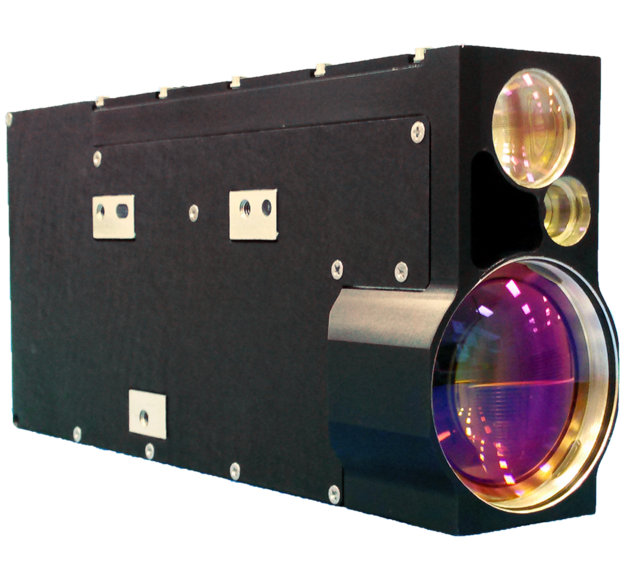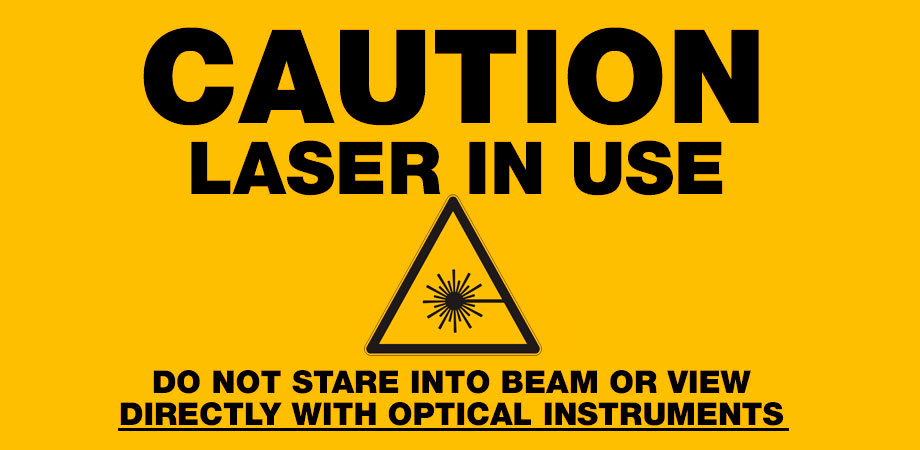Low-level laser therapy, known as Safe Laser (LLLT) can help with a number of dental issues through a variety of mechanisms. LLLT reduces inflammation in dental conditions like gingivitis, periodontitis and various gum conditions.
LLLT boosts the healing process and regenerates tissues by encouraging the cellular metabolism. LLLT assists in encouraging wound healing in dental procedures such oral surgery or Periodontal Therapy.
Pain Relief - LLLT modulates pain perception by altering nerve conduction and reducing the release of pain mediators such as substance P. When performing dental procedures LLLT can help alleviate post-operative sensitiveness and pain.
Disinfection - LLLT's antimicrobial properties will reduce the burden of bacteria within the mouth. It can be an adjunctive treatment for oral diseases such as oral ulcers or peri-implantitis.
Treatment of Temporomandibular (TMJ) conditionsLLLT can help reduce the muscle strain and inflammation within the temporomandibular (TMJ) and can provide relief from symptoms such as jaw pain, clicking, or popping sounds, and limited jaw movements associated with TMJ disorder.
Oral Mucositis - LLLT reduces the severity of oral mucositis. Oral Mucositis can be a result of chemotherapy and radiation in cancer patient. It is able to ease discomfort and promote healing of ulcers on the oral mucosa.
Growth of healthy gingival tissue – LLLT is shown to stimulate gingival fibrocytes. This promotes healthy gingival tissue. This can help in the treatment gingival retraction or to promote the attachment of the gingival tissues to dental implants.
A safe Laser low-level therapy helps speed up healing and pain relief. Before using LLLT to treat dental problems it is recommended to consult a dental professional. They can offer an assessment and treatment suggestions. Have a look at the recommended safe laser 500 ár for more advice including lagylezer terapia, orvosi lézer készülékek, safe laser készülék, safe laser használata, gyógyító lézer, lágylézer hatása, safe laser készülék, safe laser használata, orvosi lágylézer, safe laser bérlés and more.

How Can Safe Low-Level Laser Therapy (Lllt) Often Referred To As Laser Low Level Therapy Be Employed To Treat Throat Issues?
Safe Laser Low-Level Laser Therapy (LLLT) is an low-level laser that can be utilized to treat various throat disorders. LLLT is beneficial in cases such as pharyngitis or tonsillitis, which are both inflammations of the tonsils. Symptoms such as swelling, pain and difficulties swallowing are reduced.
Pain Relief - LLLT assists in relieving pain in throat conditions including soreness and irritation.
Improved tissue healingThe process of tissue healing is enhanced. LLLT increases cellular metabolism leading to faster repair and renewal. LLLT helps speed up the healing process of damaged tissues in cases like throat ulcers, or voice cord injuries. This helps reduce complications and improve overall throat health.
LLLT improves blood circulation - LLLT stimulates microcirculation by increasing vasodilation. This boosts blood flow to the tissues of the throat. A better blood flow can bring oxygen and nutrients to the inflamed or injured tissues, encouraging healing and reducing inflammation.
LLLT can reduce swelling within the tissues of the throat, by promoting fluid drainage and lymphatic drainage. This therapy is especially beneficial for those suffering from laryngitis.
Management of Voice DisordersTreatment of Voice Disorders LLLT can improve the voice quality by reducing the symptoms of hoarseness, vocal fatigue and. Through reducing inflammation and encouraging tissue repair, LLLT helps restore vocal function.
Overall, safe Laser low-level laser therapy offers an effective and non-invasive approach to managing various throat problems that provide relief from symptoms like discomfort, inflammation, and difficulties swallowing. Talk to a doctor about a diagnosis and for treatments before you use LLLT. Take a look at the recommended safe laser 500 for blog info including otthoni lézer kezelés, mozgásszervi problémák, lágylézer hatása, lágy lézer, safe laser vélemények, lágylézeres készülék, lágy lézer, lágylézer készülék bérlés, gyógyító lézer készülékek, mozgásszervi problémák and more.

What's The Length Of Time Before A Dental Laser Can Be Employed To Treat Oral And Dental Issues?
The effectiveness of Safe Laser low-level laser therapy (LLLT) for treating dental and oral ailments can differ depending on factors such as the specific issue being treated as well as the severity of the condition, the individual's overall oral health, and their response to treatment. LLLT is generally recommended over a period of time to achieve the best results.
Type and severity of conditionThe number of LLLT procedures required is affected by the type and severity the oral or dental conditions being treated. Periodontitis, gingivitis or oral ulcers as well as the temporomandibular (TMJ) conditions may require different treatment strategies.
The individual's response to treatment Personal factors like overall oral health, immunity and healing capabilities can affect how well an individual reacts to LLLT for dental and oral conditions. Some people may have a quicker response to treatment, and a quicker improvement in symptoms. Others may need a more prolonged treatment.
Treatment Protocol - A dental professional's recommended treatment protocol is a crucial factor in determining how often and under what types of conditions LLLT is employed. Healthcare professionals can tailor the treatment program to meet person's requirements, which could involve scheduling LLLT sessions at regular intervals throughout the week or at certain intervals over a longer time.
Chronic vs. Acute Conditions- The distinction between chronic and acute conditions can also impact the number of LLLT sessions required. Acute problems like oral sores, or postoperative pain might require fewer sessions to relieve. Chronic problems like TMJ or periodontitis may require longer treatments.
Some individuals can see substantial improvements in their dental hygiene and health after just a few LLLT treatment sessions. But for others, it may take longer to get best results. To maximize the therapeutic benefits of oral and dental issues, it's important to follow the prescribed treatment plan and be present for every scheduled LLLT treatments. It is also essential to communicate with your dentist and track oral health to make sure that the correct treatment plan and monitoring are in place.